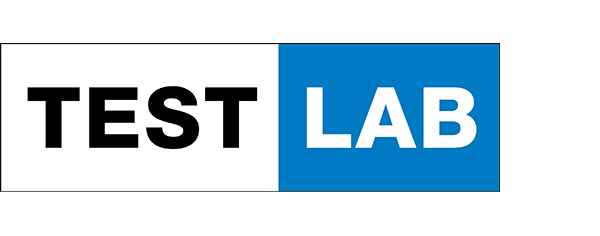Voice
Voice services may become less important – however, customers expect reliable connections when talking
on the phone. How do the Swedish networks fulfill these expectations?
On its tour through 12 larger Swedish cities and 18 smaller Swedish towns, P3‘s two measurement cars carried eight
Samsung S5 smartphones each. These phones permanently called each other, while the connected testing equipment registered success ratios, setup times and the speech
quality of the calls. In order to simulate normal smartphone usage, data transfers took place in the back ground of the test calls.
Each of the Swedish providers presented strong results in the voice category. But in the larger cities, Telia did especially well. We recorded the highest success ratios, shortest call setup times and a good average speech quality (although Telenor and Tre scored slightly better in this respect). Telenor follows at some distance, and Tele2 closely behind. Tre achieves the weakest score in the cities, but is still only eight percent behind Telia.
All operators almost equal in towns
In smaller towns, the four candidates score almost equally, with Tele2 slightly ahead of Telenor, and Telia and Tre following Telenor at a very close distance. On the connecting roads, the lead of Telenor is a little more distinct. Here, Telia and Tele2 share the second rank, and Tre falls a little behind the other contenders.
VOICE RESULTS AT A GLANCE
The overall category winner in the voice discipline is Telia. Telenor proves to be the strongest candidate on connecting roads. All four Swedish operators score almost equally well in the smaller towns. Telenor is convincing in terms of stability and quality, while Telia scores slightly better in performance.
Data
The volume of transmitted data is steadily growing. So, all operators face the challenge to keep data rates and reaction times at a high level. Which Swedish provider manages to best meet the growing demand?
When it comes to data connectivity, the advantages of 4G or LTE are enormous. This latest mobile communications standard provides high data rates combined with relatively low latency. So, it is no wonder that customers prefer the 4G/LTE network whenever possible. Swedish operators have adapted to this trend – Telia, Tele nor and Tele2 claim a coverage of 99 per cent of the population and only Tre falls a little behind with a LTE coverage of approximately 80 per cent of the population.
In order to check the reliability and performance of data connectivity in the Swedish networks, one Samsung Galaxy S7 per operator was installed in our test cars. The phones constantly performed a suite of tests including web-page downloads, file downloads and uploads as well as Youtube video playbacks. For most of these checks, success ratios and average session times were logged. For the downloads and uploads we also recorded the average throughputs. In order to get an idea of the typical performance as well as of peak speed, we determined the minimum data rates that are available in 90 per cent of the cases plus the peak date rates that would be surpassed in 10 percent of the cases.
P3‘s approach for testing Youtube playback recognizes that this popular video service has recently introduced adaptive bit rates. This decision of the streaming provider aims at a better user experience, surrendering pixel re solution in favour of stable playback. As a consequence, besides success ratios, start times and the absence of interruptions, the average value of the obtained video resolution became another important performance indicator.
Telia also leading in data category
In the cities, we observe a clear ranking order: Telia scores best with the highest data rates and very high success ratios. Telenor follows at a distinct distance and loses some points especially due to the lower speeds of the tested downloads and uploads. Both candidates are quite strong on Youtube. Tele2 achieves a good third position, but shows a noticeably distance to Telia both in the web browsing and in the download/upload discipline. Tre comes in last, but with mostly good results.
In the tested smaller towns, the distance especially between the top three candidates is less distinct. Telia also leads in this category, but Telenor follows closely, and Tele2 is also not too far behind. The distance of Tre to the rest of the field is a little more obvious. This can be seen in the success ratios in the adjacent tables as well as the data rates and throughputs. Both Telenor and Tele2 show excellent results of 100 percent success ratios and uninterrupted playbacks in the Youtube discipline.
Similar tendencies as those that we observed in smaller towns are also applicable on the connecting roads: However, here Telenor ranks first and scores a little better than Telia, Tele2 follows closely behind, and Tre at a little more distance.
While Tre loses valuable points in almost all disciplines, Tele2 has room for improvement especially in the web browsing and to some extent in the file transfer disciplines. Telia secures the overall win in the data category with clearly higher download speeds and slightly higher upload data rates.
DATA RESULTS AT A GLANCE
Telia is also the overall winner in the data category due to higher data rates and very good success ratios. Telia, Telenor and Tele2 are almost equally strong in smaller towns, and Telenor leads on connecting roads. Tre falls somewhat behind in all data categories.






